-
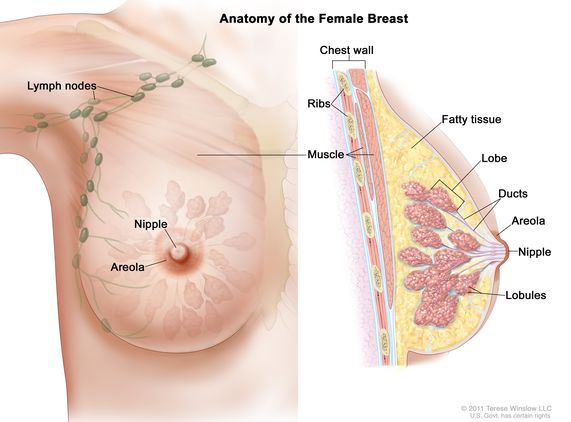
FEMALE BREAST (MAMMARY GLAND)
THE FEMALE BREAST (MAMMARY GLAND) Breasts are two accessory glands of the female reproductive system. Situation: They are situated on the anterior chest wall over the pectoralis major muscles between the 2nd and 6th rib and each extend from the sternum to the axilla forming the axillary tail. It\’s stabilized by the suspensory ligament. Shape:…
-

Pelvic Floor Muscles
The Perineal Body The perineal body is a small, pyramid-shaped mass made of muscles and fibrous tissue, located between the lower end of the rectum and the vagina. Size: It measures about 4 cm but can stretch significantly during the second stage of labor. Shape: It has a triangular shape, with the base being the…
-

Uterus, Fallopian tubes and Ovaries
THE NON-PREGNANT UTERUS The uterus is a hollow muscular organ of the female reproductive system where offspring gestate.A pear-shaped organ, the uterus lies posterior-superior to the bladder and anterior to the rectum in the female pelvis. It consists of the fundus (top), body (middle), and cervix (lower). The uterus is composed of the endometrium (inner…
-
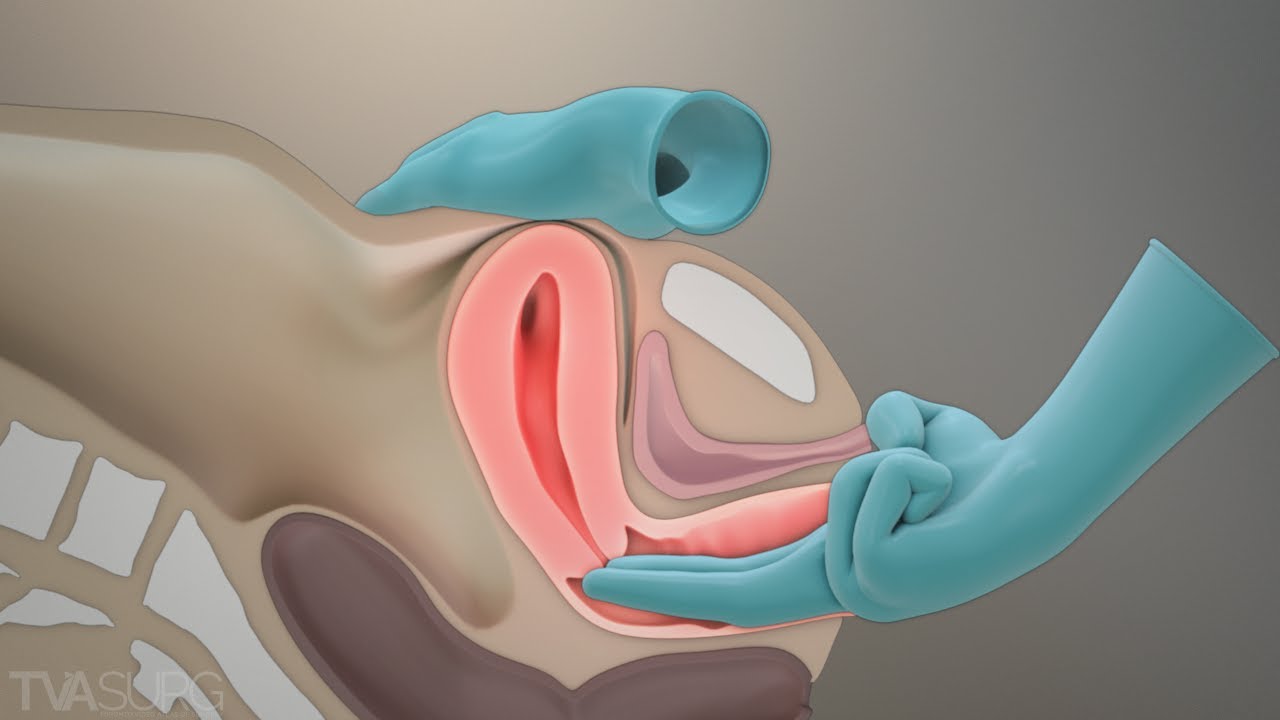
PELVIC ASSESSMENT
Pelvic Assessment During Labor A mother who is pregnant for the second time (Gravida 2, Para 1+0) reports with labor pains. Your task is to perform an internal pelvic assessment and create a plan for the mode of delivery. Pelvic Assessment Pelvic assessment is a process to determine whether a mother’s pelvis is wide enough…
-
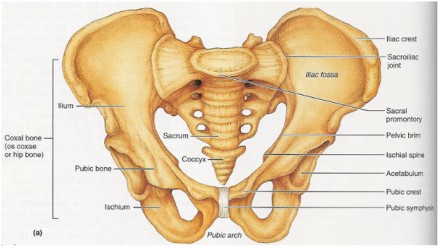
Female Pelvis
Introduction To Obstetric Anatomy This field focuses on the anatomical structures involved in pregnancy, labor, and the postpartum period. Key areas of study include the pelvis, pelvic floor, female reproductive system, female breast, male reproductive system, embryology, fetal skull, and the female urinary system. Definition of Terms Anatomy: The study of the structures of the…
-

Post-Operative Nursing Care
Post-Operative Nursing Care Post-operative nursing care refers to the specialized care provided to patients following a surgical procedure. This care focuses on monitoring, managing, and supporting the patient’s recovery through a variety of interventions and assessments. Aims or principles of post-operative care Prevent, Recognize, and Treat Complications: Through skillful observation and application of knowledge, proactively…
-

CARE OF THE PATIENT’S EYES
CARE OF THE PATIENT’S EYES. Care of the patient’s eyes includes a range of procedures and practices aimed at maintaining the cleanliness, comfort, and health of the eyes. It Involves: Cleaning of the Eye: This includes removing debris, discharge, and crusting from the eyelids and eyelashes. It’s done gently using sterile wipes or cotton balls…
-
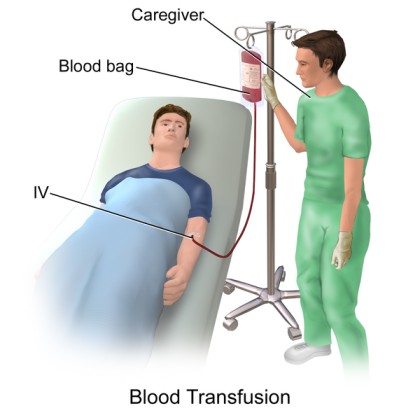
BLOOD TRANSFUSION
BLOOD TRANSFUSION Blood transfusion refers to the intravenous replacement of lost or destroyed blood with compatible human blood. TYPES OF BLOOD PRODUCTS 1. Whole Blood: Whole blood is indicated to the patient experiencing acute massive loss or hypovolemic shock. Whole blood restores volume and raises hemoglobin count and therefore oxygen capacity. Indication: Acute massive blood…
-
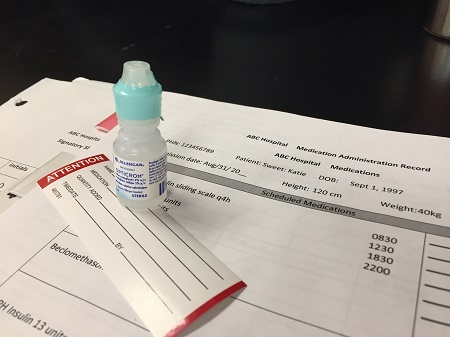
INSTIlLING MEDICATION
INSTILLING MEDICATION INTO EAR Requirements Tray Cotton tipped applicators. Cotton balls. Bowl with warm normal saline. Medication bottle with dropper. Receiver. Clean gloves. At the side Screen Vomit bowl Procedure. Step Action Rationale 1 Refer to general rules on nursing procedure and medicine administration. 2 Obtain assistance in case of children or infants. Prevents…
-
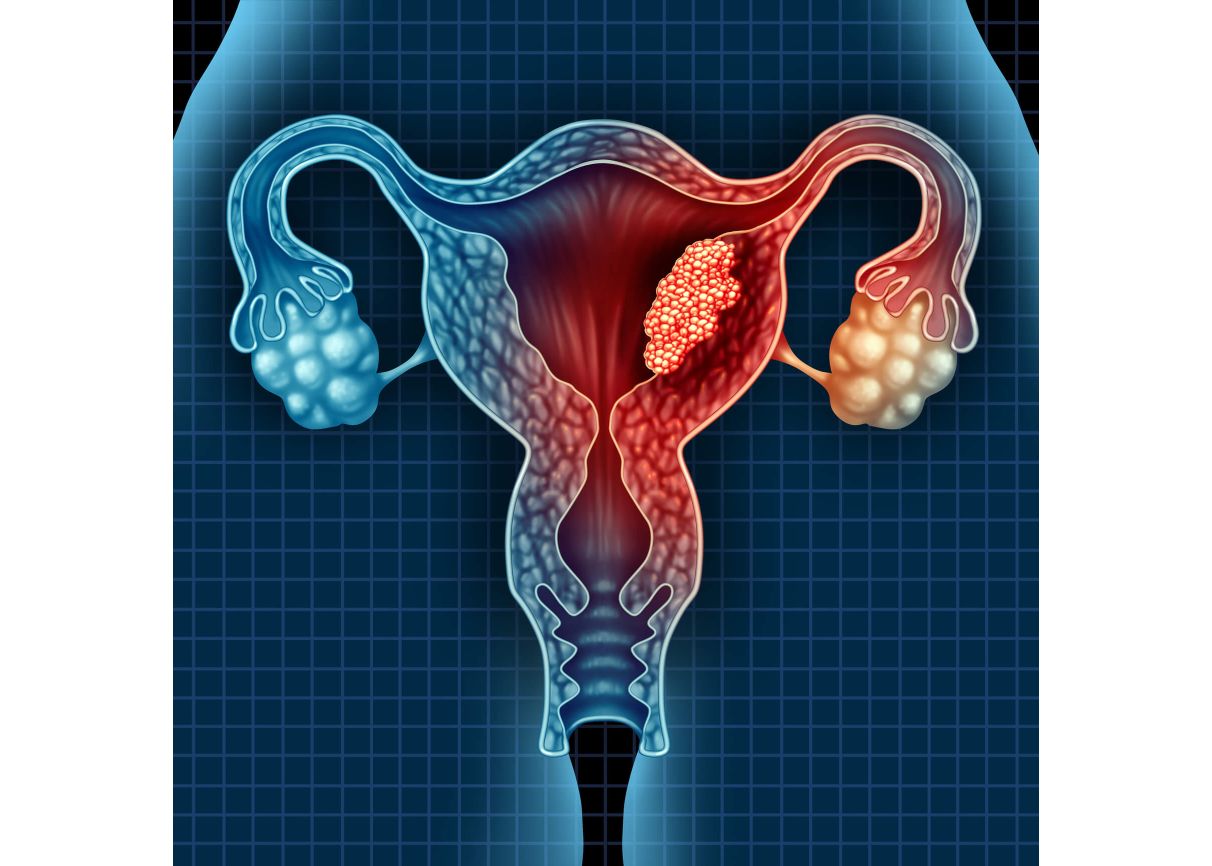
Cancers of Reproductive Health Organs
Breast Cancer Breast cancer occurs when cells in the breast grow and divide uncontrollably, forming a mass of tissue known as a tumour. Breast cancer can invade nearby tissues and travel to other body parts, forming new tumours, a process called metastasis. Clinical Manifestations Early Signs of Breast Cancer Asymptomatic: Sometimes, breast cancer shows…
